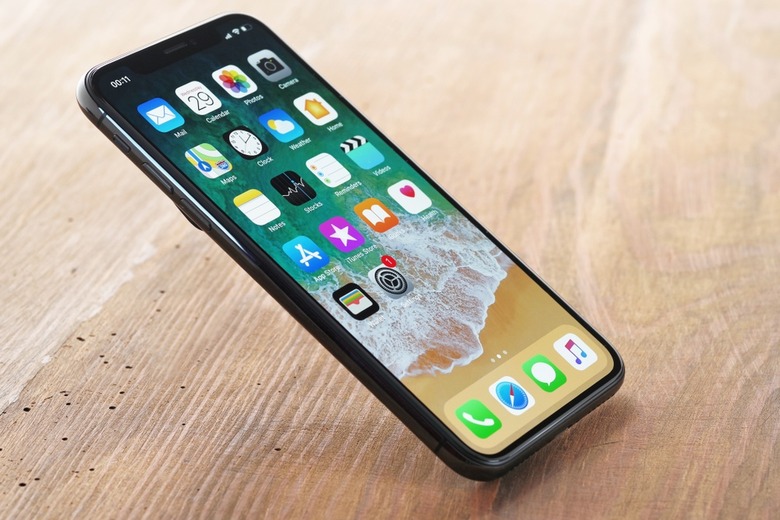WSJ Report That The iPhone Is Floundering In Asia Is Missing The Point
A new report from The Wall Street Journal relays that the iPhone X's hefty $1,000 price tag is hindering adoption in a number of Asian countries. In turn, Asian consumers are increasingly turning to more wallet-friendly alternatives from Chinese-based smartphone manufacturers such as Xiaomi.
While iPhone market share in countries like Thailand and Vietnam have either remained steady or declined, the market share for rival devices have increased dramatically.
"The iPhone maker's market share in Indonesia, home to some 260 million people," the report explains, "has fallen to 1% from 3% in 2013. Apple's market share has also dropped in the Philippines and Thailand, and has remained static in Malaysia and Vietnam."
While these statistics are somewhat jarring at first glance, Apples' top priority has never been to court customers in emerging markets. Hardly a revelation, Apple's bread and butter — for decades now — is to sell premium products at premium prices. In other words, if consumers in some countries are inclined to purchase lower-cost devices with fewer features, that's not necessarily something Apple worries about. Moreover, Apple has never concerned itself with overall market share, especially when it continues to command the lion's share of all industry-wide profits.
To be fair, Apple in recent years has made more of a concerted effort to provide iPhone options at a variety of price points — with the iPhone SE being a prime example. Nonetheless, Apple's top priority has always been to dominate the higher-end of the smartphone market.
Indeed, a look at Apple's recent earnings report reveals an entirely different reality from the one the Journal attempts to portray. Looking at the recent holiday quarter, revenue in China and Japan increased by 11% and 26%, respectively. Across the rest of the Asia Pacific, revenue jumped by 17%. And while Apple doesn't break down how many iPhones it sells on a per-region basis, the fact that the iPhone remains Apple's primary revenue driver is reason enough to assume that iPhone sales in the aforementioned areas are doing quite well overall.
Indeed, a recent Morgan Stanley report found that iPhone shipments in China during the recent holiday quarter jumped by 12% relative to the September quarter. Android shipments, meanwhile, dropped by 17%.
